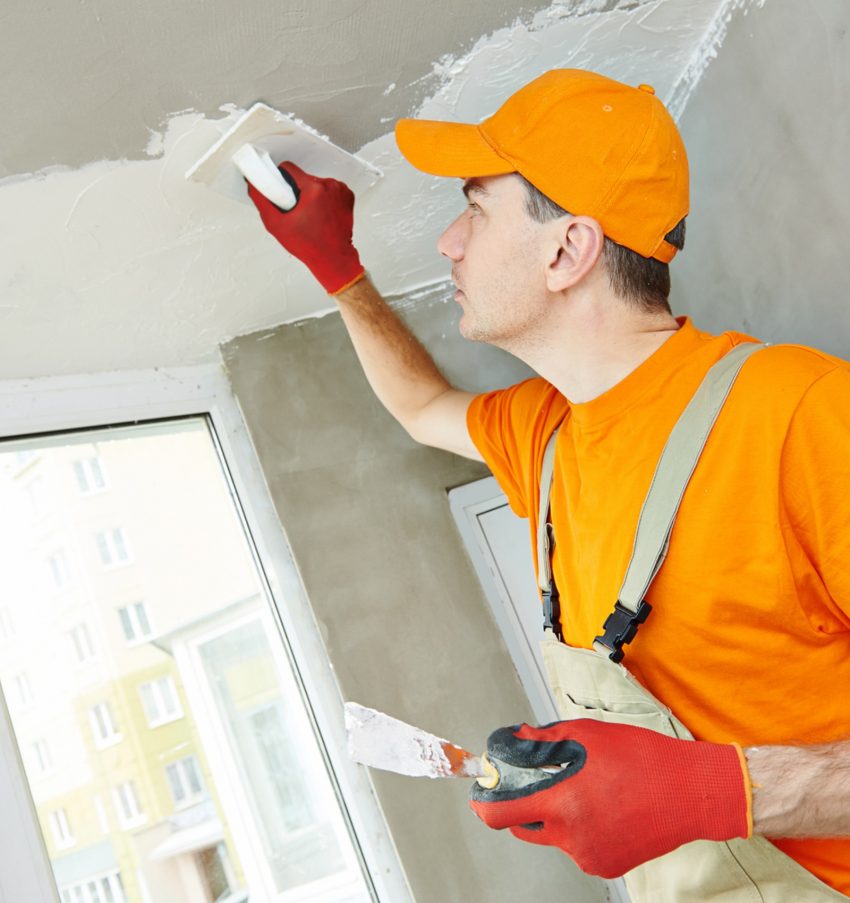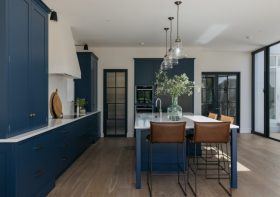Types of Interior Plastering Finishes And How to Identify Them

The versatility of plaster, stucco and cement can be used to finish a variety of surfaces, whether out of necessity, or for artistic reasons. When designing an interior, plaster finishes are a useful architectural tool. Certain textures are closely linked to specific architectural movements. Including them in a construction or restoration project helps give the finished product a more authentic look. We will look at different types of interior plastering in auckland and learn how to recognize them.
There are many types of plaster finishes.
Smooth Cast
White Coat is also known as Neat Coat. It has a flat, smooth surface without any texture or other finishing elements. It is the most common finish for plaster. However, this does not mean that it should be boring. Plaster that is plainly finished can often be used as a foundation for more complicated techniques, such as faux bois, Venetian, or trompe-l’oiel. The smooth cast finish is usually associated with plasters based on gypsum. Plasters that want to achieve this finish will trowel and compress the plaster repeatedly. Water is often applied to the surface while troweling.
Rough Cast
This plaster finish, also known as Float Finish and rough in appearance, is commonly used on exterior stucco, but French country, Tudor and some craftsmen use it indoors to plaster. This process, while no longer as popular, was once a way to add a creative touch before the turn of century. It was used historically to conceal uneven surfaces or rooms which were not perfectly plumb. The different methods of scrubbing the plaster create different textures. While the plaster is still wet, it is troweled repeatedly with a wooden float. The aggregate is brought up to the surface using a circular troweling motion.
Sand Faced:
This finish, which is often mistaken for the look of lime plaster, is applied in multiple coats. The final coat contains a thin layer of sand on top of the curing plaster substrate. The final effect is a finely textured, coarse and rough plaster. Due to the difficulty of working with a sand-faced plaster, the motifs are usually not painted. Instead, they are painted in a solid colour. In more modern applications, synthetic sand can be mixed with plaster to create ceilings. Sand Cast can also be applied with a wooden trowel, just like Rough Cast.
Pebble Dash:
The surface of the plaster is decorated with very small pebbles (under a 1 mm size), which are added to the final mix. It is most common in exterior finishes and lower-level interior spaces, where plaster can crack more easily. It sticks together even when it is damp because of the thick plaster underlay and strong rock finish. Pebbles can be broadcast on the surface after plastering is complete. Pebbles adhere to the surface when broadcasted by hand and then thrown on it.
Scrapped:
The thickness of the plaster layer is scraped away to reveal air pockets. (The size of the marks will depend on which scraping tool was used). The scraping technique has similar properties as the pebble dash finishing. It helps prevent cracking because it reveals air pockets which would have expanded and contract over time, causing the surface to crack.
Depeter:
This finishing technique is the least popular. It uses either larger gravel-sized stones, or flint to achieve the desired effect. In contrast to pebble dash the gravel is almost perfectly aligned, with small ridges between each row of rocks. This finishing is often applied directly to the masonry. It’s good for damp or crack-prone areas.
Textured:
This category includes any finishing technique that does not use the techniques mentioned above. Hand-finished textures include jagged, fancy-edge trowel and fanning. There are many different textures and finishes.
Plaster is a versatile material that offers so many possibilities. It’s not just a smooth, flat surface. Creative architects and skilled plasterers use a variety of finishing techniques to draw attention to specific areas in a finished room. Different textures can add depth and complexity to a space, whether it’s an entire room or a small corner.




Leave a Reply